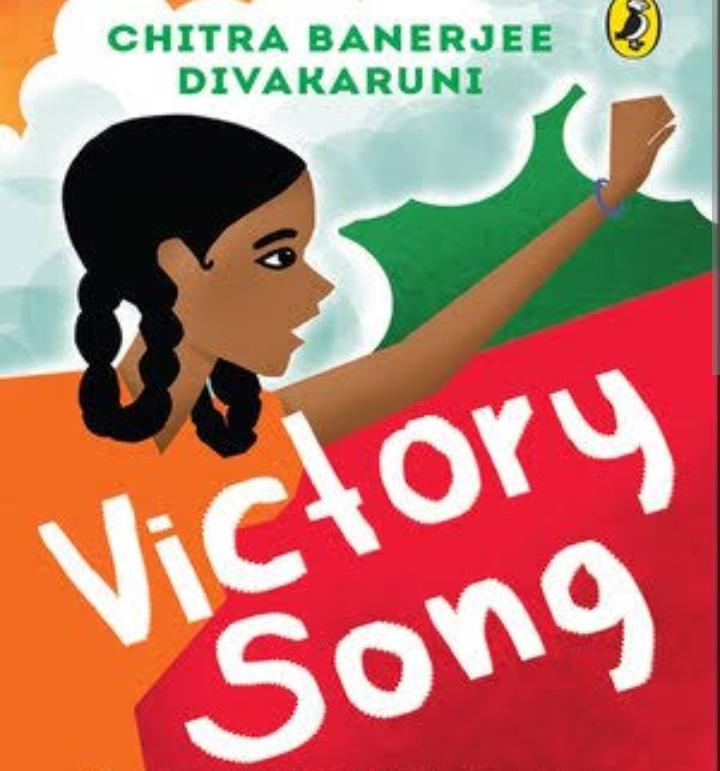Summary / Neela Victory Song
Summary / Neela Victory Song
Author : Chitra Banerjee Divakaruni
Subject: Details about how Indian life had continued even though World War Two had recently erupted in Europe.The region of Bengal and traditional housing.How Hindu marriages were arranged and what a bride was expected to do after the wedding.Why Neela would wear a sari and a bindi to the wedding.What a wedding ‘dowry was made up of and who it was given to.
How the British arrived in and occupied India and how they lived.Freedom fights and protesters.
What Gandhi believed in and his boycotts.How the British handled the protesters.
India receiving its independence in 1947, and the popular song Vande Mataram.
Type: Historical Fiction
Summary
12-year-old Neela lives in a small Bengal village in the 1930s. At her older sister’s wedding, she comes face-to-face with freedom fighters who declare the time for India’s independence from Britain is long past due and ask Neela’s father to join them. Neela’s father does not agree with using violence and declines their offer but seems pensive.The baoul, a traveling minstrel, voices his support for the independence movement and is cast out of the village by the village governor.Neela witnesses all this and begins to dream about the possibility of becoming a freedom fighter herself instead of worrying about her dowry and embroidering skills, which she sees as unfair to the women and girls of India. Her father hears of Gandhi’s nonviolence and civil disobedience marches/strategies and decides to travel to Calcutta to learn more and possibly join the movement.He tells Neela the truth about where he’s going and warns her that her mother thinks he is going to buy goods and not to tell her otherwise unless he doesn’t return as planned. While he is away, Neela discovers a hurt freedom fighter in the barn, a 16 year old boy named Samar. They become friends as she nurses him back to health, and she learns he is from a prominent Calcutta family that supports the British, information that she uses to her advantage when her father does not return.She leaves a note for her mother who has agreed to an engagement for Neela, and goes to Calcutta to find her father.
What I Liked: The story is well-written and flows smoothly. It is a quick read, being written for ages 9-12, but isn’t reductionist. It explores issues of village life, gender equality, apathy, and reactions to oppression.The characters are entertaining and true to life, and Neela herself is complex, brave, and imaginative.
What I Didn’t Like: Only one thing–when Neela’s father gives her this secret to carry about where he’s going.Neela being only 12 years old bothers me.I understand that it added to the plot and conflict of the story, but having worked with this age group quite extensively, I’ve seen the devastating effects of children being told to keep secrets from the other parent or shouldering the burden of knowledge on their own.I would have hope for a different way for Neela to learn of her father’s plans, like overhearing a conversation or finding a letter or…just something more responsible than, “Don’t tell your mom, but I’m going into a dangerous situation and if I don’t come back, THEN you can mom. Love you.”
What I Loved: Neela goes to Calcutta expecting the rich and prominent family of Samar to be villains, but they treat her well and she is exposed to the idea that all people are complex. She also is forced to examine opposite points of view about getting Britain out of India violence or civil disobedience?And of course, I love seeing a well-written book that features strong girls as protagonists.I think American Girl has always been so good about supporting women in literature, and while the offerings of American Girl were limited to white girls in America (when I was reading them, back in the 90s), it’s been great to see American Girl expand to featuring women of color and other lands, written by women of color and “other lands,” which in my mind showcases the diversity and culture richness that is America, if we let it.

